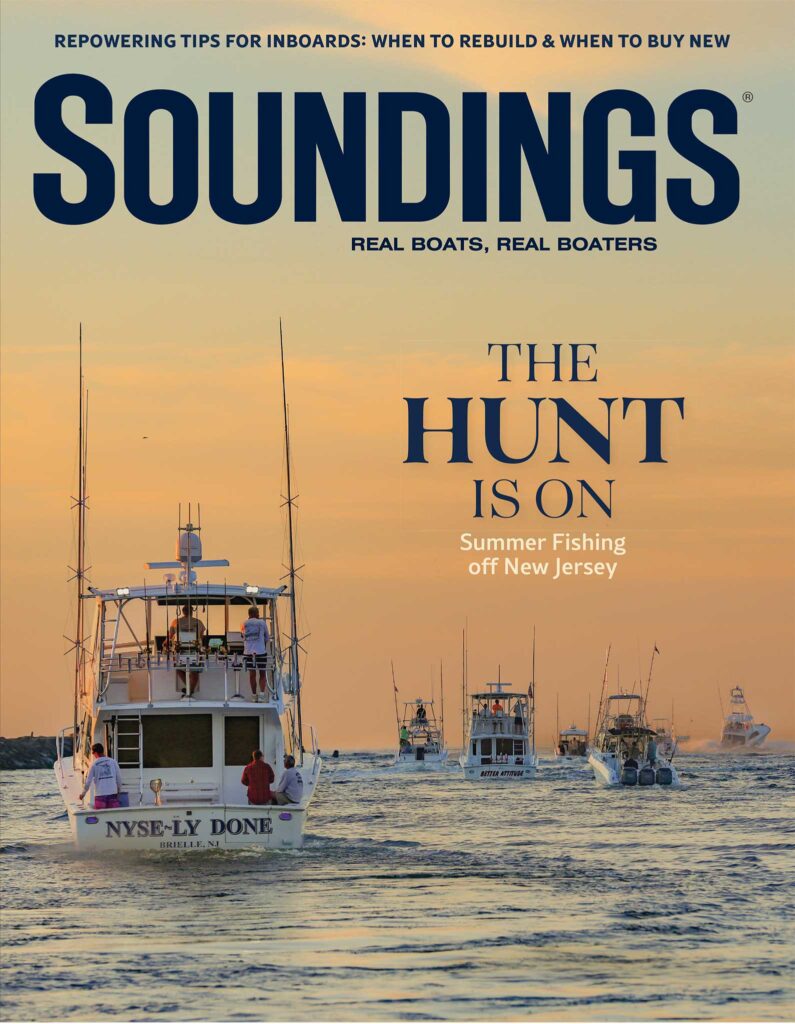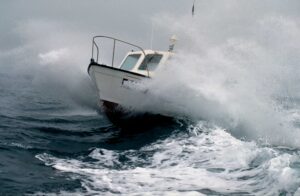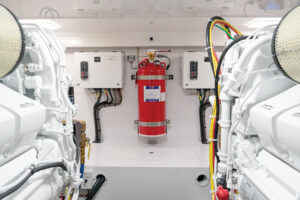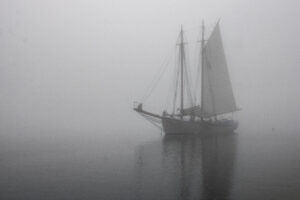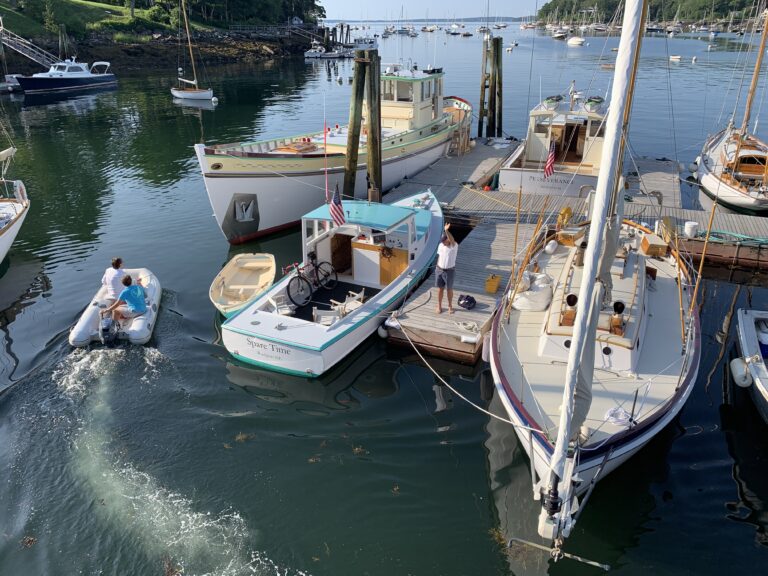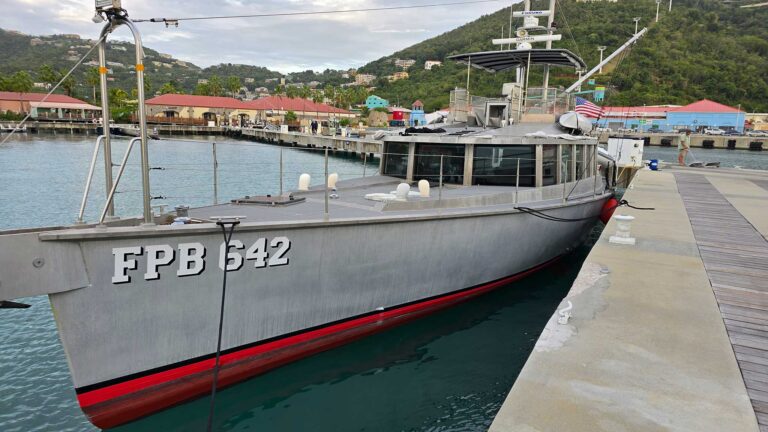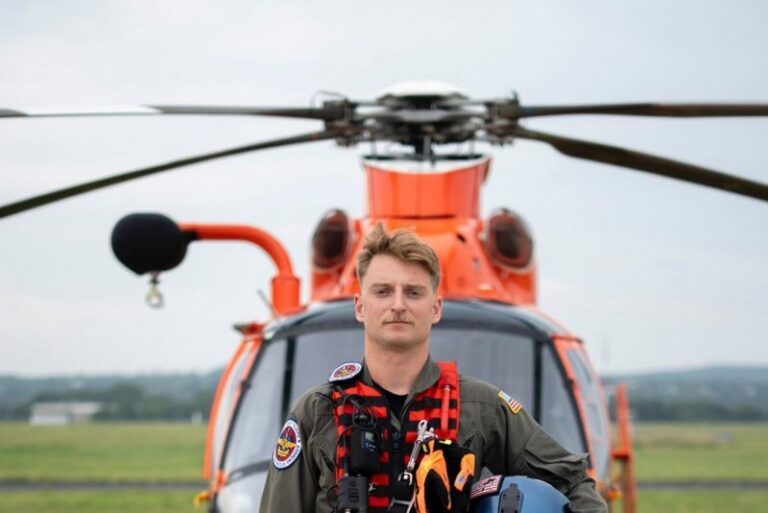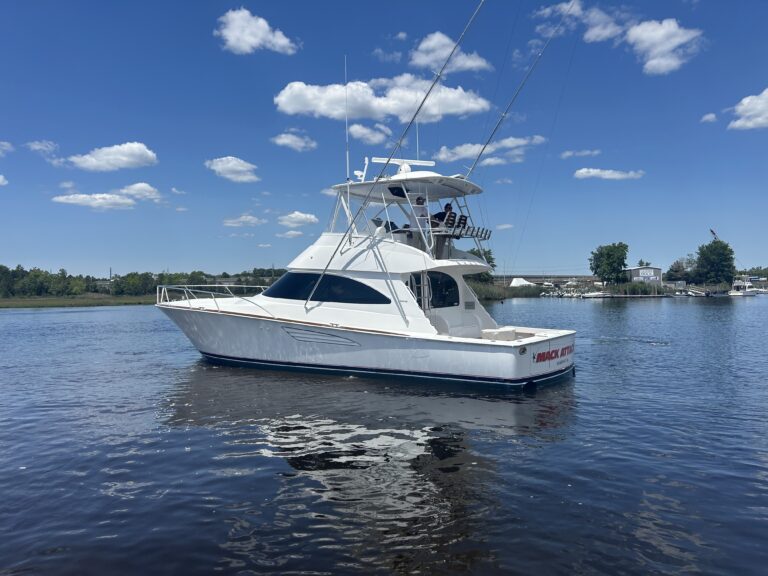At 71, most of my friends are savoring their golden years with grandchildren, hobbies, travel or pickleball. Not me. Instead of settling into a quiet life, I want to return to the rough-and-tumble world of the offshore life. I first embarked on a marine career more than half a century ago while working in New York Harbor as a tugboat cook, where I was one of the first women employed. Now, decades later, when faced with the possibility of retiring, I ask myself why I should leave my working life behind when I can still take on the waves and new adventures?

To prep for my re-entry to the commercial marine job market I secured a freshly minted Merchant Mariner’s Credential and a Transportation Worker Identification Card (TWIC) issued by Homeland Security. Then, the head of operations at a major towing company called me to say she may have an offshore position for me, only it came with the caveat that I complete STCW training—or, the Standards of Training, Certification, and Watchkeeping for Seafarers. I could not resist.
Originally, I had the notion that taking the STCW course at the California State University Maritime Academy in Richmond, California, would be like auditing a college class. There’d be a bit of learning, some lively discussion, maybe a coffee break with fellow students. At most, I figured I’d need to demonstrate some basic skills to a patient instructor who would clap me on the back for good effort.
Boy, was I wrong.
The STCW certification is part of an international set of regulations for offshore mariners called SOLAS, or Safety of Life At Sea, adopted in 1914 in response to the Titanic disaster. As I was to learn, it’s challenging.

I began the training at Cal Maritime on a damp, drizzly November day. Upon entering the training facility I was struck by the serious nature of this endeavor. My classmates, for instance, consisted of 16 members from the National Geographic Venture, the fourth ship in the National Geographic-Lindblad Expeditions fleet. This young crew included a head chef, surfer, bartender, pastry chef and the fifth-generation daughter of a storied Gloucester fishing family. In addition to those people, we were joined by two members of West Oakland’s Job Resource Center— Sloan Bell and Dominique McGowan—and a high school biology teacher who had just been drafted by National Geographic Society to participate in an expedition to Antarctica.
The course began with a series of lectures on basic safety, navigation and emergency procedures. It quickly became clear to me that this was not simply a matter of memorizing facts and understanding a set of rules. There were demanding practical drills too (think firefighting, rescue at sea and CPR) that were to be performed over and over again. The reason, we were told, is because it’s important to be able to accomplish these skills without conscious thought. The repeated practice would bring them into muscle memory, so they could be executed quickly in high-stakes moments of peril.
Our instructors were retired firefighters, EMT technicians and mariners. They stood in our classroom with legs braced, exuding the confidence of men who carried with them a quiet authority born from years spent aboard vessels in treacherous waters, or fighting fires or saving lives on land. And their professional work was performed under immense pressure. The instructors spoke quickly and their stories were often chilling.
“In these next few days you’ll learn what can take a whole semester to study,” said David Mellow, a veteran firefighter and EMT specialist from Oakland.
From Captain Jim West, a former Foss tugboat man, we learned what the different ships’ bells meant, how to abandon ship and the importance of knowing where to muster on board in a fire. We learned how the helmsman should steer the vessel in a man overboard situation. The lectures on rescue at sea were rife with acronyms for communication devices: EPIRB, VHF, SART and PLBs. While writing notes I scrambled to keep up so I could pass the U.S. Coast Guard written tests that were issued after each unit.
Here’s a snapshot of my week:
I learned to use a defibrillator; I wrestled with a fire hose while entering a dark and smokey room; I learned to jump from scary heights into a pool, where I had to flip a capsized life raft and climb in from the water while fully dressed. And, I had to do all of this while competing for the lowest resting heart rate against 20- and 30- year-old classmates who were like smartphones—sleek and buzzing with energy. I felt like a well-worn leather chair with creases, but there was a refreshing humbling in all this, like when my supportive classmates cheered me on, or helped me lift my oxygen tank onto my back, or adjusted the straps on my respirator. I realized they saw me as someone with courage, even if I didn’t have cardiovascular capacity equal to theirs.

Perhaps the most difficult day was mid-week, when I found myself standing high on a platform above an Olympic-sized outdoor pool. It was raining. I am not entirely comfortable with heights, although I once climbed along the swinging cables of New York’s Brooklyn Bridge in my career as a photojournalist. Looking downward, I shook from the cold and then took the leap into the pool. I was then required to swim over to a capsized 16-person life raft, flip it over and enter it.
I didn’t succeed. Drained by the day’s rigorous drills, I simply lacked the upper torso strength. But as I hoisted myself out of the pool for what felt like the 50th time, dripping with a mix of chlorine and pride and wearing an oversized orange neoprene survival suit, I wasn’t able to keep myself from grinning. My 72nd birthday, I remembered, was only a few weeks away.
The hands-on drills were like an industrial-grade crucible designed to break down every ounce of comfort and confidence. But fortunately, at my side were McGowan and Bell, the trainees from West Oakland’s Maritime Job Resource Center. Throughout the course, they were behind me every step of the way, even when I began to falter. They helped me zip up my survival suit before I jumped off the dive platform, and after floating in the pool while tethered to my classmates, McGowan flicked the water from his dreadlocks and said, “My grandmother is 65 and she sure as heck would never jump off that platform.”
On another day of training during this Outward Bound-type of experience, we practiced firefighting in a mock ship compartment. Earlier, in classroom lectures, we quickly learned that fighting a fire on a ship was not just about extinguishing flames and avoiding backdrafts. Also important was maintaining the ship’s integrity, as one mistake could send the entire crew to the depths.
During this training segment, I also learned that after cardiac arrest, the odds of someone surviving after CPR are only 10 percent, while 38 percent of victims survive after being shocked with a defibrillator.
Then came the moment when we had to do the real thing. We entered a dark, oppressive space, filled with the stench of burning propane and sulphur. There was no easy escape route, just the dim glow of safety lights and the fire itself in the next room. The weight of the protective gear was burdensome, and when I breathed through the respirator I sounded like Darth Vader.
Yet despite the intensity of the course, something began to shift within me. The training, though demanding, was not about mastering the impossible. It was about discipline, knowing what to do and keeping calm under pressure. The most important lesson I learned in my brief time with STCW trainers wasn’t the ability to put out fires or perform CPR; it was the knowledge that in life, as at sea, survival hinges not just on individual talent, but on teamwork, preparation and knowing one’s limits.
Perhaps best of all I learned that I’m stronger than I think. Thanks to my STCW training, I now feel empowered with new-found grit. I passed three out of four of the required STCW modules, and hope to retake the Sea Survival module this spring at Orange Coast College, where participants are required to right only a six-person overturned liferaft. I plan to flip their life raft as easily as an omelet.
Stephenie Hollyman is a West Coast-based writer who was a New York Harbor tugboat cook, a Fulbright scholar, photojournalist and former liveaboard.
April 2025

